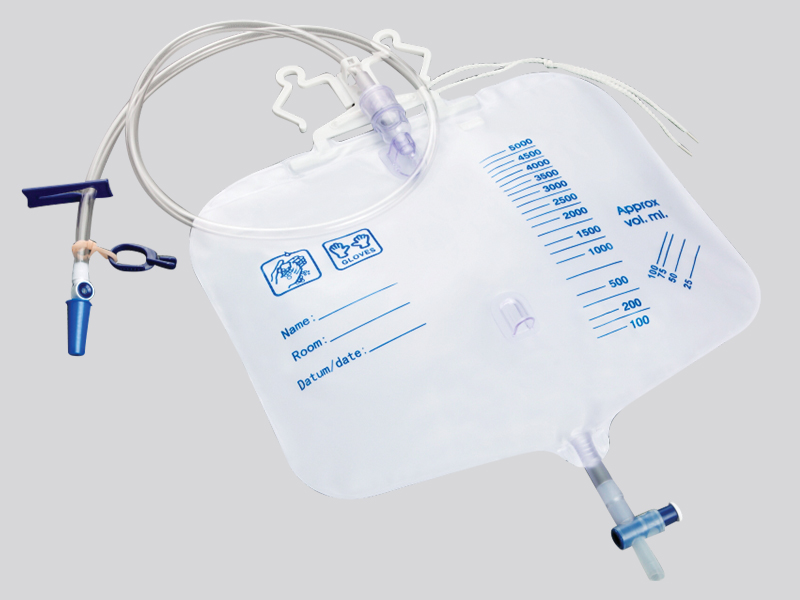
The current position:Home > Information dynamic
> Industry Trends
What should be noted when using disposable precision metering drainage bags for patients
source:www.dandankh.com | Release time:2025年11月17日1. Preparation before use: inspection+adaptation
Check the product information, confirm that the packaging is intact, within the validity period, without any damage, leakage, or other issues, and avoid using unqualified products.
Check the drainage tube, connectors, valves, and other components of the drainage bag to ensure tight connections without looseness, and that the precision measurement scale is clear and distinguishable.
Select the appropriate length of drainage tube based on the patient's condition (such as drainage site) to ensure that the catheter is not pulled during patient activity.
2. Operation process: aseptic+correct connection
Strictly follow sterile operating procedures, and operators must wash their hands and wear gloves to avoid hand contact with the drainage tube connector and patient drainage port.
When connecting, ensure that the drainage tube is firmly connected to the patient's internal catheter (such as urinary catheter, wound drainage tube), and can be fixed with a small amount of medical tape to prevent detachment or leakage.
When hanging the drainage bag, it should be lower than the patient's drainage site (such as bladder, wound) to avoid infection caused by reflux of drainage fluid, while keeping the drainage tube naturally bent without distortion or compression.
3. In use management: observation+measurement+prevention of discomfort
Regularly observe the color, characteristics, and amount of drainage fluid, and accurately record the 24-hour drainage volume through precise calibration. This is especially suitable for patients who need to monitor urine volume and wound exudate, and the data should be promptly fed back to medical staff.
Avoid excessive filling of the drainage bag. When the liquid reaches 2/3 of the bag capacity, discharge it in a timely manner to prevent leakage or backflow caused by excessive pressure inside the bag. When discharging, pay attention to tightly closing the valve to avoid residue.
Pay attention to the patient's activity and reserve sufficient length of the drainage tube to prevent discomfort or detachment caused by pulling the tube when the patient turns over or gets out of bed.
4. Infection prevention and control: hygiene+replacement
The drainage bag interface and valve should be kept clean to avoid contact with pollutants. Patients can use waterproof protective covers to wrap the interface during bathing to prevent water ingress and infection.
Strictly follow the doctor's advice or product instructions to replace the drainage bag. It is recommended to replace the disposable drainage bag every 24-72 hours (according to the doctor's advice). If the drainage bag is damaged, leaking, or shows signs of infection, it should be replaced immediately.
When discharging drainage fluid, the outlet of the drainage bag should not touch the inner wall of the collection container to avoid cross infection. After discharge, the valve should be closed promptly and the area around the outlet should be cleaned.
5. Special case handling: Exception+Taboo
If abnormal color of drainage fluid is found (such as hematuria, pus), sudden increase or decrease in drainage volume, or if the patient experiences discomfort such as abdominal pain or fever, medical staff should be informed immediately.
The drainage bag cannot be reused. After use, it should be classified and disposed of according to medical waste, and should not be discarded casually to avoid polluting the environment.
It is prohibited for those who are allergic to the material of the product. If the patient experiences allergic reactions such as skin itching and redness during use, they should immediately stop using and replace with other products.

 Cn
Cn En
En WeChat ID:
WeChat ID:






 Contact us
Contact us
 Add WeChat
Add WeChat
 Telephone
Telephone